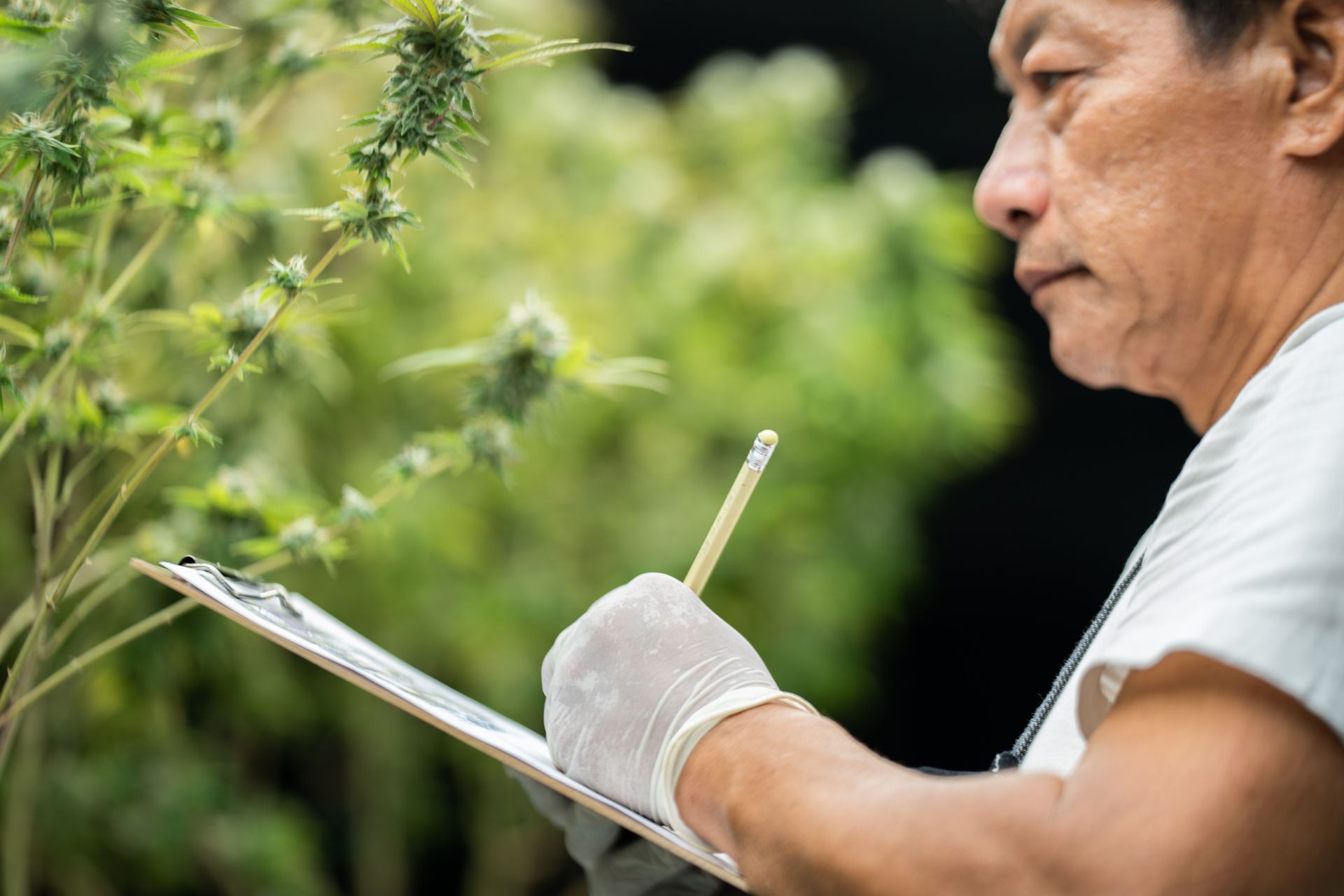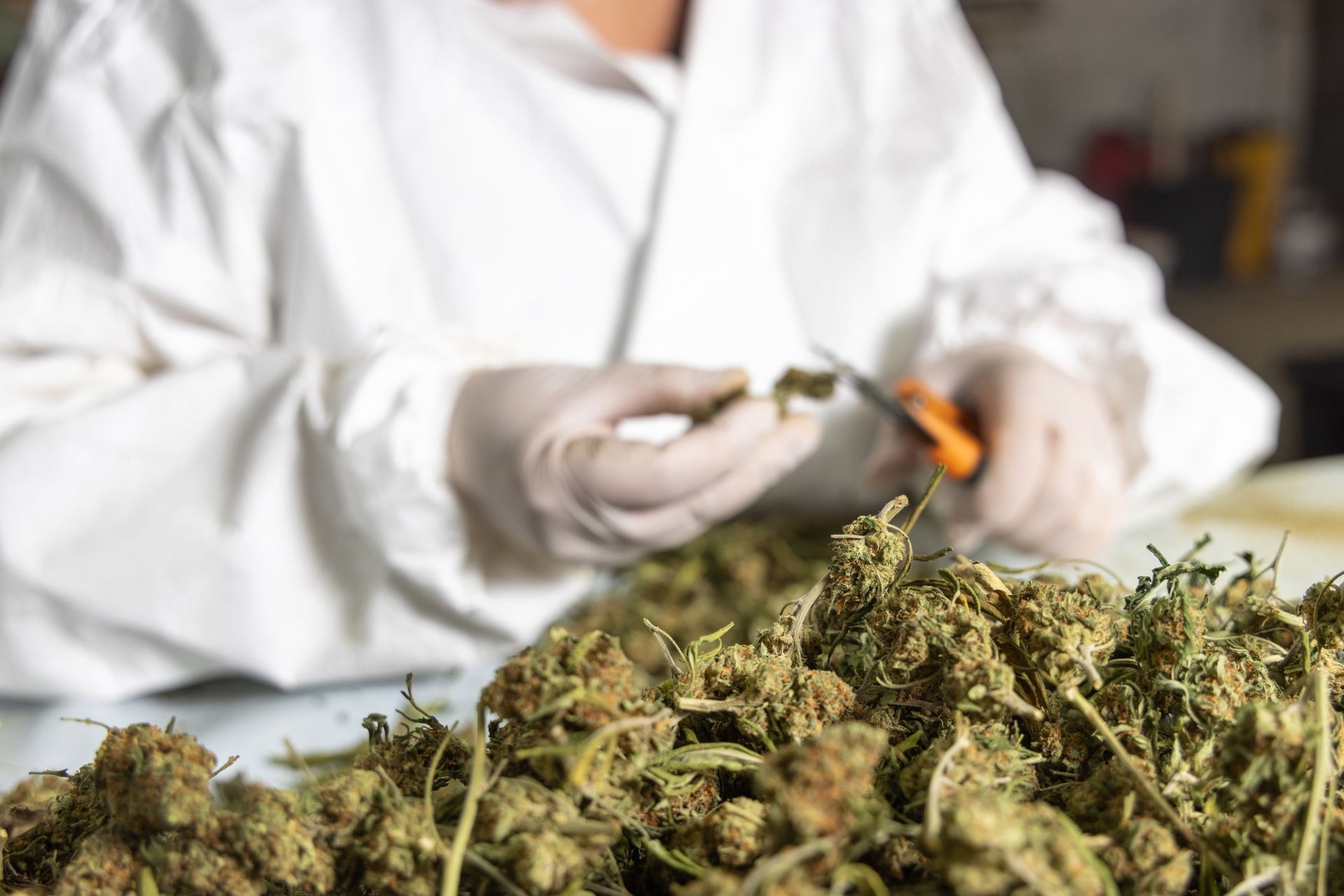Real-Life Examples of Cannabis Businesses Recovering After Major Losses
See How We're Different
or call us: (215) 653-8411
The cannabis industry in the United States is experiencing a paradoxical moment. Despite record-breaking sales reaching $30.1 billion in 2024, profitability remains elusive for many operators. According to Whitney Economics, only 27.3% of cannabis businesses reported profitability this year, a steep decline from 42.4% in 2022. This challenging environment has forced many businesses to adapt rapidly or face closure.
Overcoming Natural Disasters: California Cannabis Businesses and Wildfire Recovery
California’s cannabis industry has been particularly hard-hit by natural disasters in recent years. In 2024, devastating wildfires caused significant losses for many growers and retailers, with smoke damage and power outages severely impacting crop quality and business operations. The financial toll was substantial, threatening the survival of numerous companies.
Despite these challenges, some California cannabis businesses have managed to recover by adopting innovative approaches. For instance, several cultivators invested in advanced smoke filtration systems and backup power solutions to mitigate future wildfire impacts. Others diversified their product lines to include more resilient cannabis strains and expanded into edibles and concentrates, which are less susceptible to environmental damage.
These adaptive strategies were crucial in allowing businesses to stabilize revenue streams and rebuild customer trust. As reported by Forbes, companies that embraced flexibility and invested in disaster preparedness were better positioned to weather the wildfire crisis and emerge stronger. Moreover, many businesses collaborated with local governments and environmental organizations to create community resilience plans, fostering a network of support that extended beyond individual companies. This collective approach not only enhanced their recovery efforts but also contributed to the overall sustainability of the region's cannabis industry.
In addition to technological advancements and community collaboration, education played a pivotal role in the recovery process. Many businesses organized workshops and training sessions for growers, focusing on best practices for disaster preparedness and crop management in the face of climate change. These initiatives helped to empower local farmers with the knowledge needed to adapt to increasingly unpredictable weather patterns, ensuring that they could protect their livelihoods against future disasters. The emphasis on education and community engagement has not only fortified the cannabis sector but also fostered a sense of solidarity among businesses, reinforcing the idea that resilience is built through collaboration and shared experiences.
Financial Resilience Amid Industry-Wide Profitability Challenges
The broader U.S. cannabis industry faces significant financial hurdles. High operational costs, regulatory complexities, and market saturation have squeezed profit margins. Matt Karnes, founder of GreenWave Advisors, highlighted these challenges, noting that "profitability and cash generation are formidable challenges" due to the "exorbitant costs of operating within the federally illegal U.S. marijuana industry" (Cannabis.net).
Despite these obstacles, some businesses have found ways to pivot effectively. One common recovery tactic is streamlining operations to reduce overhead, including automating cultivation processes and optimizing supply chains. Others have pursued strategic mergers and acquisitions to consolidate resources and expand market reach.
For example, a mid-sized cannabis producer in Colorado, after facing a 20% revenue decline in 2023 (a trend echoed by 34% of businesses in a Cannabis Business Times survey), restructured its debt and focused on high-margin products like concentrates and topicals. This pivot enabled the company to return to profitability within 18 months, demonstrating the importance of nimble business models in a fluctuating market.
Moreover, innovative marketing strategies have also played a crucial role in helping businesses navigate these turbulent waters. Companies are increasingly leveraging social media platforms and influencer partnerships to enhance brand visibility and engage with consumers directly. By creating compelling narratives around their products, they not only attract new customers but also foster brand loyalty among existing ones. This shift towards digital marketing has proven especially beneficial in a landscape where traditional advertising avenues remain limited due to regulatory restrictions.
Additionally, the rise of consumer education initiatives has become a focal point for many cannabis companies. By providing informative content about the benefits and uses of their products, businesses are not only demystifying cannabis for the average consumer but also positioning themselves as thought leaders in the industry. This proactive approach not only helps in building trust but also encourages responsible consumption, ultimately contributing to a more sustainable market environment.
Addressing Employment Declines While Driving Sales Growth
Interestingly, the cannabis industry’s growth in sales has not translated into proportional employment gains. In 2024, the industry saw a 3.4% decline in full-time equivalent jobs, marking the largest downturn since 2017, even as sales increased by 4.5% over the previous year (Marijuana Moment).
This paradox reflects a shift toward efficiency and automation. Cannabis businesses recovering from losses have often prioritized technology investments that reduce labor costs without sacrificing output. For example, one Oregon-based dispensary chain, after experiencing operational losses in 2023, implemented advanced point-of-sale systems and inventory management software. These tools streamlined workflows and improved customer service, allowing the company to maintain sales growth while reducing staffing needs.
Such strategic investments not only help businesses recover financially but also position them for sustainable growth in a competitive landscape. Moreover, the integration of artificial intelligence and machine learning into various operational processes has led to more informed decision-making. By analyzing customer purchasing patterns and inventory turnover rates, companies can optimize their product offerings and tailor marketing strategies to meet consumer demand more effectively. This data-driven approach not only enhances profitability but also minimizes waste, which is particularly crucial in an industry where margins can be tight.
Additionally, the rise of e-commerce platforms within the cannabis sector has transformed the way consumers interact with brands. Many dispensaries have expanded their online presence, offering home delivery and curbside pickup options that cater to the evolving preferences of customers. This shift not only helps maintain sales momentum but also allows businesses to operate with fewer physical staff on-site. As a result, while the industry grapples with employment declines, it simultaneously embraces innovative solutions that redefine operational efficiency and customer engagement.
Bridging the Profitability Gap Among Diverse Operators
Profitability disparities among cannabis operators also pose challenges. A 2024 survey by Whitney Economics revealed that 33.7% of white cannabis operators are profitable, compared to only 17.5% of non-white operators (Cannabis Business Times).
Several minority-owned cannabis businesses have faced compounded difficulties, including limited access to capital and regulatory hurdles. However, some have successfully overcome these barriers by leveraging community partnerships and focusing on niche markets.
For instance, a minority-owned cannabis brand in Michigan, after suffering initial financial setbacks, pivoted to emphasize wellness-oriented products targeting underserved demographics. By cultivating strong local relationships and investing in targeted marketing, the company not only recovered losses but also carved out a loyal customer base. This example underscores the importance of culturally informed business strategies in recovering from setbacks.
Moreover, the landscape of the cannabis industry is evolving rapidly, with increasing recognition of the need for equity and inclusion. Initiatives aimed at providing grants and support to minority-owned businesses are gaining traction, as various organizations and state governments acknowledge the historical injustices faced by these communities. Programs designed to offer mentorship, training, and financial assistance are becoming more prevalent, fostering an environment where diverse operators can thrive.
Additionally, the role of social equity programs cannot be understated. These programs aim to address the systemic barriers that have historically marginalized certain groups within the cannabis industry. By prioritizing licensing opportunities for minority entrepreneurs and providing resources to navigate the complex regulatory landscape, these initiatives are crucial in leveling the playing field. As the industry continues to mature, the focus on equitable practices will not only benefit individual businesses but also enrich the entire cannabis ecosystem, promoting a more inclusive and diverse marketplace.
Lessons from Industry Leaders: The Importance of Adaptability
Beau Whitney, founder of Whitney Economics, encapsulates the mindset required for survival in today’s cannabis industry: "Operators are part of this culture that's very malleable... They're constantly changing and pivoting, and they have to pivot. Because if they don't, they don't survive" (Forbes).
Conclusion: Navigating the Road to Recovery

Article By: Deb Sculli
Cannabis Insurance Specialist




